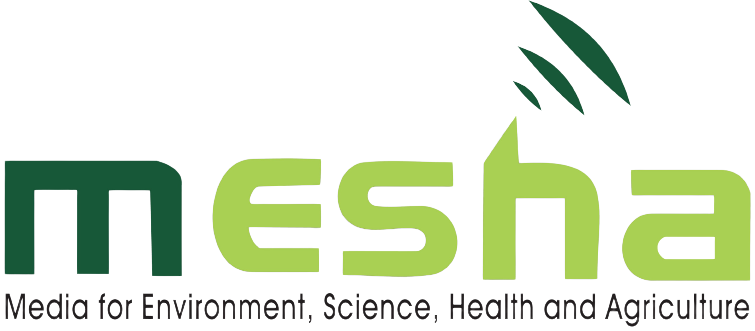Latest Sustainable Development News
Sustainable Development
Find security solutions amid increasing cybercrime threats driven by AI, experts caution
Amidst the rising cases of cybercrime threats propelled by Artificial Intelligence (AI), experts call for innovative solutions to safeguard businesses…
Contact Info
Location
Oasis Apartments, Jogoo Road,
3rd Floor
Phone
+254 721 578517
+254 732 229 230
info@meshascience.org








